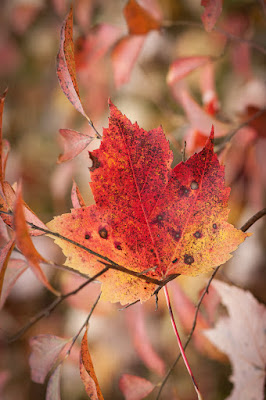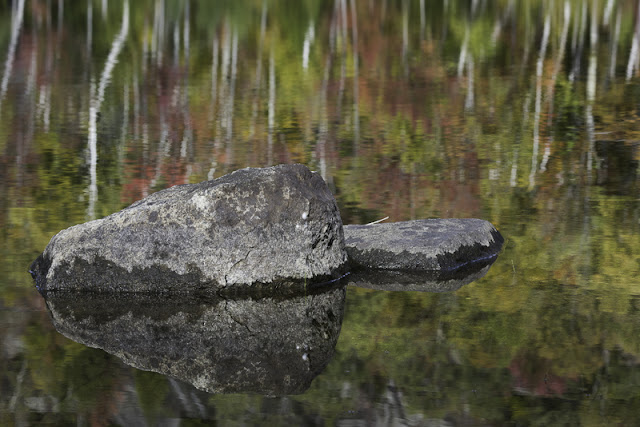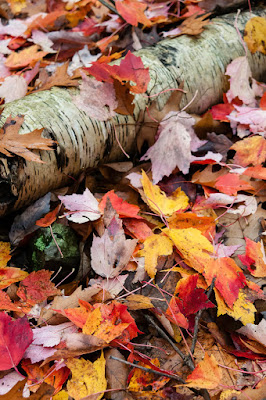There is also the Nazca Booby that fishes farther out to sea. It did not exhibit any courting, but its stately appearance was memorable.
 Catching the birds in flight is a passion of mine. One day we landed on South Plaza Island, where we hiked to the top of a high cliff to watch the seabirds barrel in to land on their cliff-side nests. Amazing.
Catching the birds in flight is a passion of mine. One day we landed on South Plaza Island, where we hiked to the top of a high cliff to watch the seabirds barrel in to land on their cliff-side nests. Amazing.Two birds were particularly fun to track in an attempt to capture the moment. The first was the Swallow-tailed Gull seen at left. It is the only fully nocturnal gull, feeding on squid and other fishes that are active after dark. Notice the rather hook shaped bill that may aid in grasping prey.
Another exceedingly beautiful bird seen at South Plaza was the Red-billed Tropicbird. I'd seen it from the boat at a distance, and I approached the cliff with a determination to capture one of these in flight. Seen below, the Tropicbird has a long trailing tail, plus a distinct face with brilliantly colored bill and dark eyebrows.
 They came roaring in from the sea with a strong tailwind. It was difficult to keep the bird in the viewfinder. But it only got more difficult as the bird did a U-turn into the wind and bounced about approaching the cliff face below.
They came roaring in from the sea with a strong tailwind. It was difficult to keep the bird in the viewfinder. But it only got more difficult as the bird did a U-turn into the wind and bounced about approaching the cliff face below.I could have spent an entire day at this location and never lost interest, but that is not allowed and the rest of the party would have intervened.

One afternoon we landed about three hours before sunset with the objective to see an albatross rookery, but one should be open to surprises. Early on the trail we saw the Galapagos Dove perched on some rocks. It's a beautiful bird.
Not far up the trail we saw a group from another boat intent on something, and it was truly special. A Galapagos Hawk was feeding a single chick atop some rocks.
We continued on toward the rookery, where we hoped to find Waved Albatrosses. Albatross are huge (7-1/2 ft. wingspan), graceful seabirds that soar effortlessly over the ocean for most of their lives, only coming to land to breed. They are considered a vulnerable species, with Espanola being their primary breeding location worldwide.
Much like Blue-footed Boobies, the Waved Albatross couple performs several rituals, such a bill-circling and tapping, bill clacking, bowing and raising their neck to make a Whooing sound. While this was not a huge rookery, we did see some pairs courting. The bird's name derives from the wave-like pattern in the feathers around the neck.

Breeding, like is the case for the boobies, seemed to be in several stages simultaneously. There was one nest with a large chick watched over by a parent. At other nests, a parent was sitting on an egg.
 One morning we were up before sunrise to land as early as possible. It proved to be worth the effort. Quietly approaching a brackish pond near our landing beach, we saw Pink Flamingos peacefully feeding near our opening. Another boat came ashore an hour later and found the birds on the distant side of the pond. Yes, the early start was best.
One morning we were up before sunrise to land as early as possible. It proved to be worth the effort. Quietly approaching a brackish pond near our landing beach, we saw Pink Flamingos peacefully feeding near our opening. Another boat came ashore an hour later and found the birds on the distant side of the pond. Yes, the early start was best.Flamingos are one of those birds that is always exciting to see. Not likely to turn down a chance to see yet another one in a wild location. So it was, that days later we landed for a walk on another island, and were surprised to see a few more that were unusually approachable.
 I'll end this with two of the more elusive birds seen. First is the Woodpecker Finch. It's small and not seen around the seaside, but rather, in our case, found up in the highlands of Santa Cruz while we were visiting a ranch that has many Giant Tortoises. Did not expect this little bird - likely one of the more unusual of the Darwin finches. Look at that bill!
I'll end this with two of the more elusive birds seen. First is the Woodpecker Finch. It's small and not seen around the seaside, but rather, in our case, found up in the highlands of Santa Cruz while we were visiting a ranch that has many Giant Tortoises. Did not expect this little bird - likely one of the more unusual of the Darwin finches. Look at that bill! The Storm Petrel is not uncommon in the Galapagos. Actually, it was unusual not to see them trailing the boat as we cruised to another location. They are the smallest of seabirds. The birds are swallow-like as they dip and dive near the water's surface picking up planktonic life - crustaceans and small fish. The challenge for me was to capture that elusive and brief instant when they dip down to the claim their food. It was steady entertainment to watch them from the stern of the boat.
The Storm Petrel is not uncommon in the Galapagos. Actually, it was unusual not to see them trailing the boat as we cruised to another location. They are the smallest of seabirds. The birds are swallow-like as they dip and dive near the water's surface picking up planktonic life - crustaceans and small fish. The challenge for me was to capture that elusive and brief instant when they dip down to the claim their food. It was steady entertainment to watch them from the stern of the boat.So, there you have my highlights of the amazing birds we saw in the Galapagos, and you have another reason to put this on your bucket list.































